Scientist of the Day - August Johann Rösel von Rosenhof
August Johann Rösel von Rosenhof, a German artist and naturalist, was born Mar. 30, 1705. Rösel was trained as a miniature painter, and apparently was quite a good one. While recuperating from an illness, he was introduced to a book by Maria Merian, Metamorphosis insectorum Surinamensium (1705), which contained beautiful colored engravings of insects. Rösel immediately turned his attention to drawing butterflies and caterpillars. After publishing a book on insects, he then moved on to amphibians, and in 1758 there appeared the most sumptuous book ever published on frogs, the Historia naturalis ranarum. It has twenty-four large plates, in pairs; one of each pair shows objects in outline, the other presents them in gorgeous color. Many of these are anatomical plates, but several show frogs in their natural habitats (see second image above, and a detail in the third image). If you thought frogs could never be beautiful, this book will disabuse you of that notion. The frontispiece is especially grand (first image above), and even the headpieces to the book’s major sections (fourth and fifth images above) were especially engraved for this book and show various bucolic frog-related scenes—bucolic for the observer, that is, since the frogs are being skewered or speared right and left. The final headpiece at least allows them to procreate their kind in peace (last image above).
We displayed the frontispiece of the Historia naturallis ranarum in our 2009 exhibition, The Grandeur of Life.
Dr. William B. Ashworth, Jr., Consultant for the History of Science, Linda Hall Library and Associate Professor, Department of History, University of Missouri-Kansas City

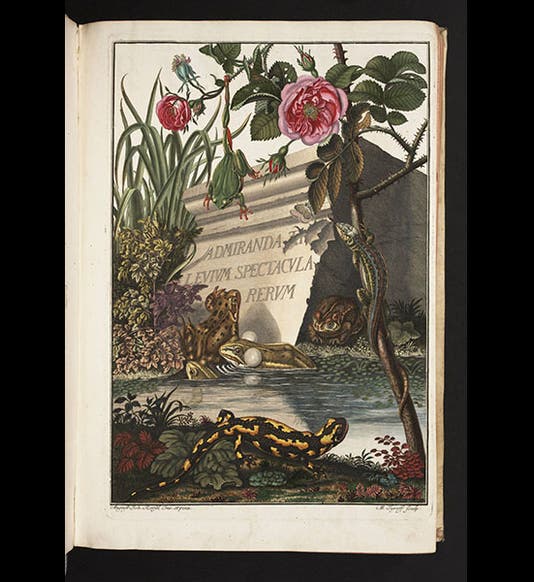
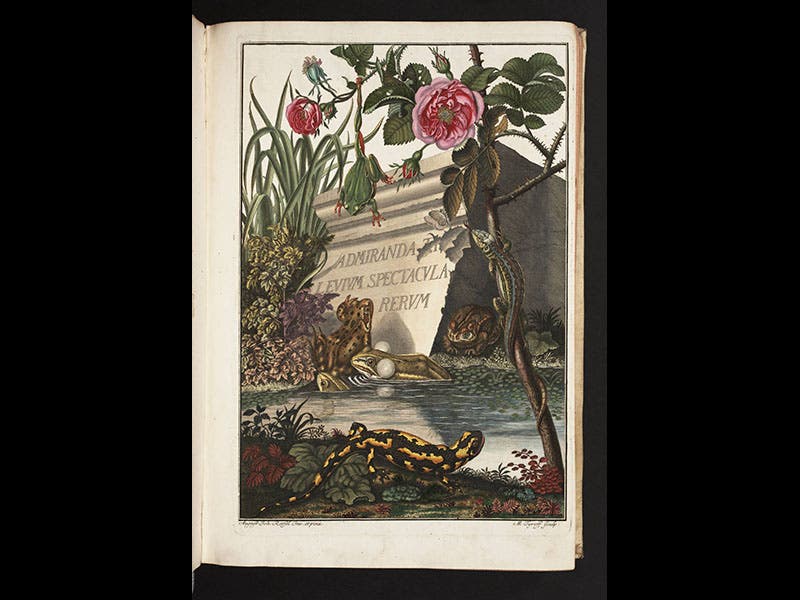
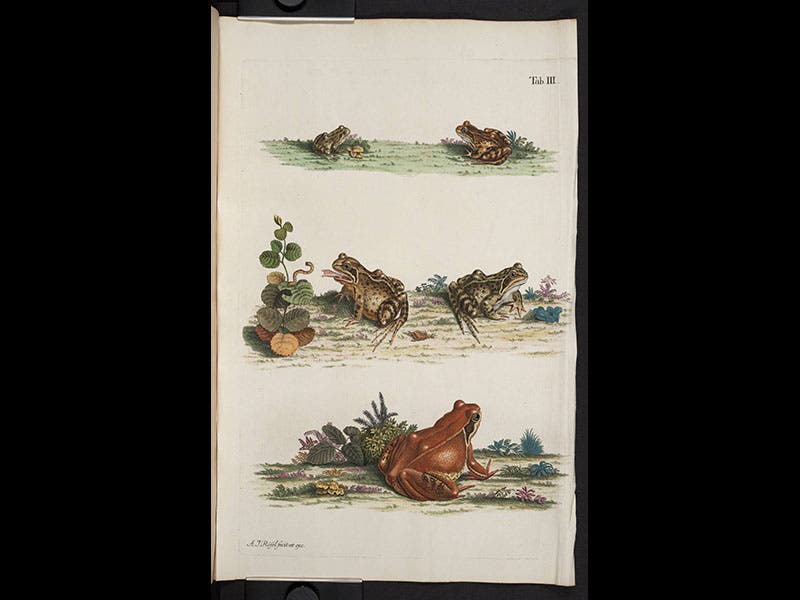
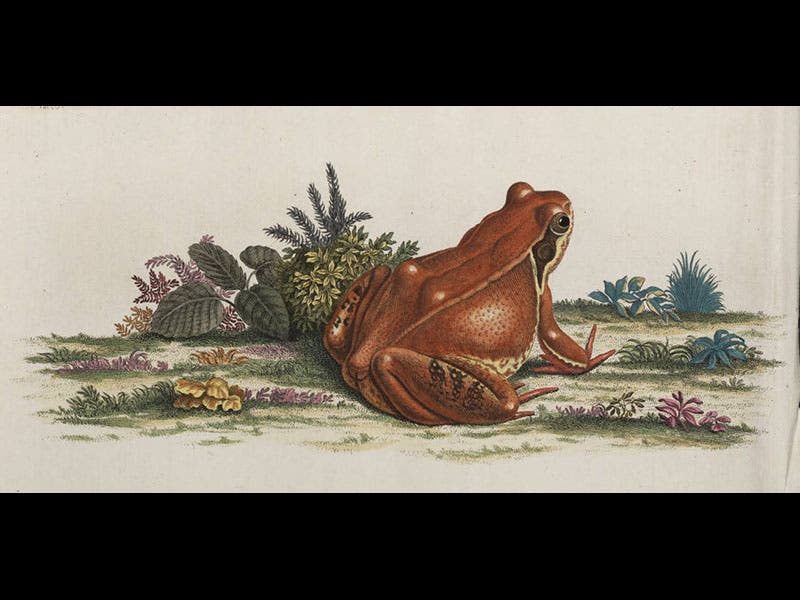
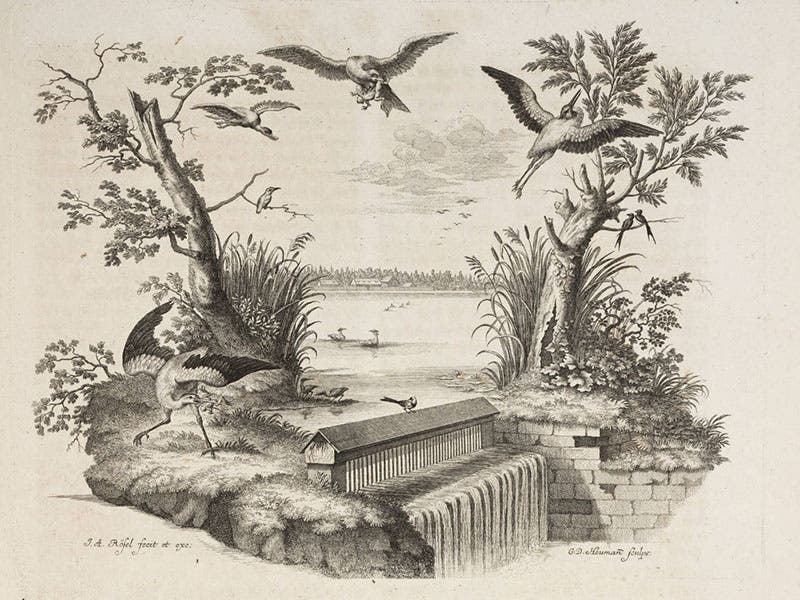
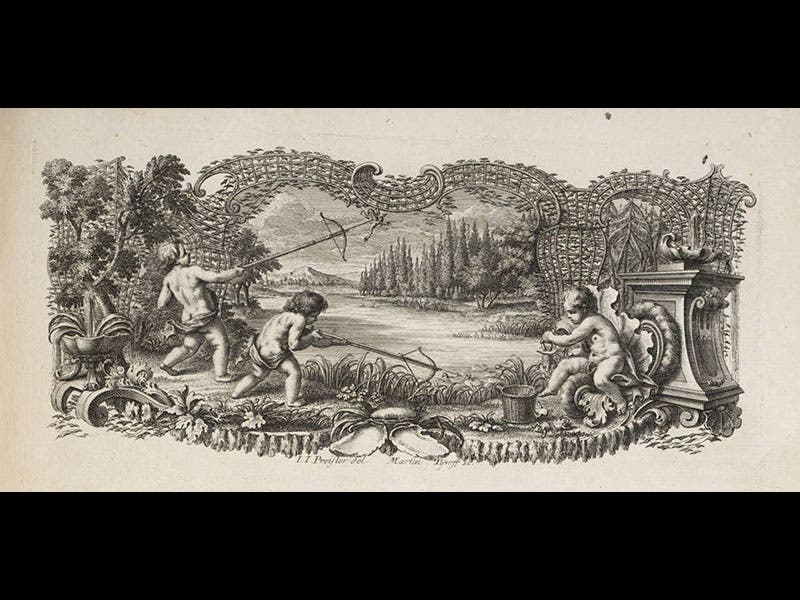
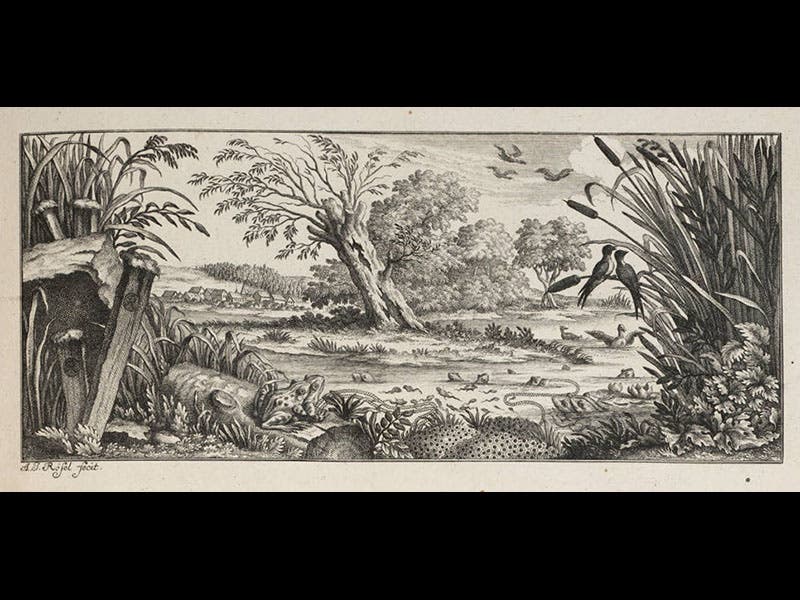


![Using an astrolabe to measure the depth of a well, woodcut in Elucidatio fabricae vsusq[ue] astrolabii, by Johannes Stöffler, 1513 (Linda Hall Library)](https://preview-assets-us-01.kc-usercontent.com:443/9dd25524-761a-000d-d79f-86a5086d4774/a998eb50-55d2-4a88-ace2-a50aa5fa86e7/Stoffler%201.jpg?w=210&h=210&auto=format&fit=crop)

